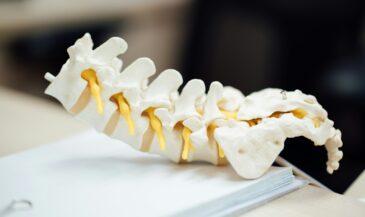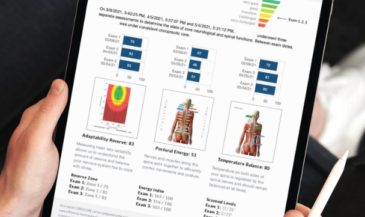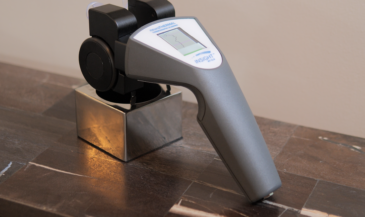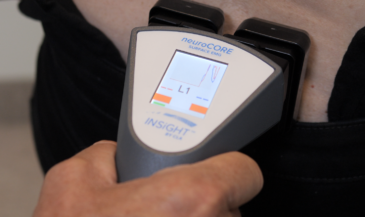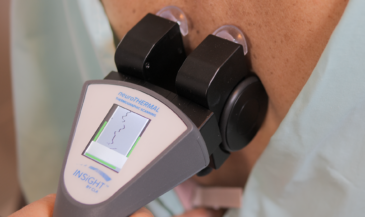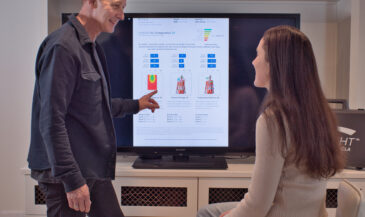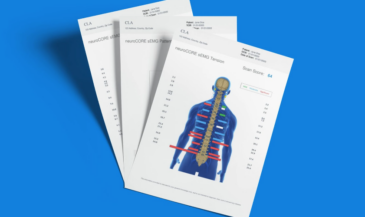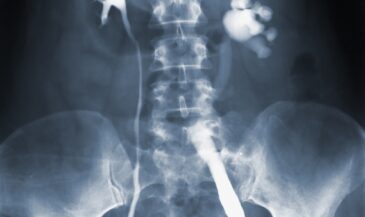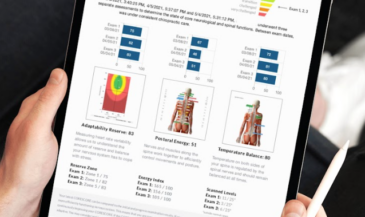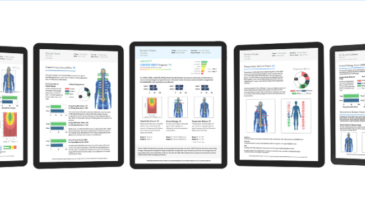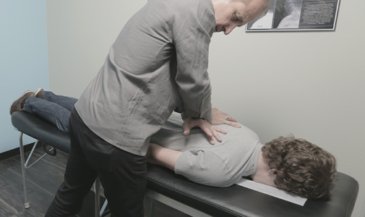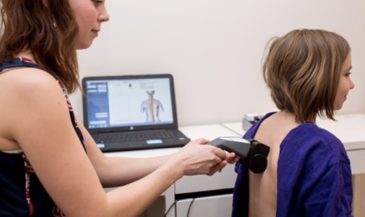Many chiropractors have found the Mercy Guidelines to be inconsistent with the principles of chiropractic. A survey was conducted of members of the International Chiropractors Association, in which 454 responses were received. Seventy percent of the respondents stated that the Mercy Guidelines had an adverse effect on their practices, and 63% reported that they were used to cut insurance claims or otherwise deny reimbursement for chiropractic services. Ninety-eight percent supported the concept of “lifetime, subluxation-based family wellness care.” (1)
It is important to realize that the Mercy Guidelines were based upon consensus, not necessarily evidence. In this regard, Powers has stated, “As the strength of the evidence declines, the composition of the panel and the process it follows become increasingly important determinants of the recommendations.” (2)
Furthermore, Mercy has serious methodological flaws. (3) These include failure to hold an open forum, failure to conduct a peer review of the document, failure to follow their own criteria for rating procedures, and selective reviews of the literature.
It became apparent to many D.C.s that the chiropractic profession desperately needed practice guidelines based upon evidence, not caprice. Furthermore, the proposed guidelines needed to be methodologically sound. This meant field practitioner input at an open forum, international peer review by practicing chiropractors, a comprehensive, unbiased literature review, and consistent application of standards.
The CCP
In the summer of 1995, chiropractic history was made in Phoenix, Arizona with the formation of the Council on Chiropractic Practice (CCP). The meeting was attended by an interdisciplinary assembly of distinguished chiropractors, medical physicians, basic scientists, attorneys, and consumer representatives.
The Council on Chiropractic Practice (CCP) is an apolitical, non-profit organization. It is not affiliated with any other chiropractic association. The CCP represents a grass roots movement to produce practice guidelines which serve the needs of the consumer, and are consistent with “real world” chiropractic practice.
The mission of the CCP is “To develop evidence based guidelines, conduct research and perform other functions that will enhance the practice of chiropractic for the benefit of the consumer.”
Evidence-based practice
Evidence-based clinical practice is defined as “The conscientious, explicit, and judicious use of the current best evidence in making decisions about the care of individual patients…(it) is not restricted to randomized trials and metaanalyses. It involves tracking down the best external evidence with which to answer our clinical questions.” (4)
This concept was embraced by the Association of Chiropractic Colleges in their first position paper. This paper stated:
“Chiropractic is concerned with the preservation and restoration of health, and focuses particular attention on the subluxation.
“A subluxation is a complex of functional and/or structural and/or pathological articular changes that compromise neural integrity and may influence organ system function and general health.
“A subluxation is evaluated, diagnosed, and managed through the use of chiropractic procedures based on the best available rational and empirical evidence.” (5)
The CCP has developed practice guidelines for vertebral subluxation with the active participation of field doctors, consultants, seminar leaders, and technique experts. In addition, the Council has utilized the services of interdisciplinary experts in Agency for Health Care Policy and Research (AHCPR) guidelines development, research design, literature review, law, clinical assessment, and clinical chiropractic.
Guidelines development
In harmony with these general principles, the CCP has created a multidisciplinary panel, supported by staff, and led by a project director. The guidelines were produced with input from methodologists familiar with guidelines development.
The first endeavor of the panel was to analyze available scientific evidence revolving around a model which depicts the safest and most efficacious delivery of chiropractic care to the consumer. A contingent of panelists, chosen for their respective skills, directed the critical review of numerous studies and other evidence.
Since the guidelines process is one of continuing evolution, new evidence will be considered at periodic meetings to update the model of care defined by the guidelines.
During its initial meeting, the panel focused on defining the scope of the guidelines, establishing necessary committees to facilitate the process, and discussing the topics for literature review.
The panel gathered in a second meeting to interview technique developers to ascertain the degree to which their procedures can be expressed in an evidence-based format. Individuals representing more than 35 named techniques participated. Others made written submissions to the panel. The technique developers presented the best available evidence they had to substantiate their protocols and assessment methods.
A primary goal of the panel is to stimulate and encourage field practitioners to adapt their practices to improve patient outcomes. To achieve this objective, it was necessary to involve as many practitioners as possible in the development of workable guidelines.
Consistent with the recommendations of the AHCPR, an “open forum” was held where any interested individual could participate. Practitioners offered their opinions and insight in regard to the progress of the panel. Field practitioners who were unable to attend the “open forum” session were encouraged to make written submissions. Consumer and attorney participants offered their input. A meeting was held with chiropractic consultants to secure their participation.
After sorting and evaluating the evidence gathered in the literature review, technique forum, written comments, and open forum, the initial draft of the guidelines was prepared. It was distributed to the panel for review and criticism. A revised draft was prepared based upon this input.
International input from the field was obtained when the working draft guidelines document was submitted to 195 peer reviewers in 12 countries.
After incorporation of the suggestions of the reviewers, a final draft was presented to the panel for approval. This document was then submitted for proofreading and typesetting.
The purpose of these guidelines is to provide the doctor of chiropractic with a “user friendly” compendium of recommendations based upon the best available evidence. It is designed to facilitate, not replace, clinical judgement.
As Sackett wrote, “External clinical evidence can inform, but can never replace, individual clinical expertise, and it is this expertise that decides whether the external evidence applies to the individual patient at all and, if so, how it should be integrated into a clinical decision. Similarly, any external guideline must be integrated with individual clinical expertise in deciding whether and how it matches the patient’s clinical state, predicament, and preferences, and thereby whether it should be applied.” (4)
The most compelling reason for creating, disseminating, and utilizing clinical practice guidelines is to improve the quality of health care. The new “Clinical Practice Guideline for Vertebral Subluxation in Chiropractic Practice” is an embodiment of that vision.
References
1. Kent C, Rondberg T, Dobson M: “A survey response regarding the appropriateness of professional practice guidelines to subluxation-based chiropractic.” Journal of Vertebral Subluxation Research 1996;1(2):13.
2. Powers EJ: “From the Congressional Office of Technology Assessment.” JAMA 1995;274(3):205.
3. Kent C, Gentempo P: “The Mercy document: salvation or suicide?” American Journal of Clinical Chiropractic, October 1993 (Part 1) and January 1994 (Part 2).
4. Sackett DL: Editorial. “Evidence-based medicine.” Spine 1998;23(10):1085.
5. Position Paper #1. Association of Chiropractic Colleges. July, 1996.


















